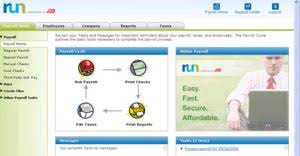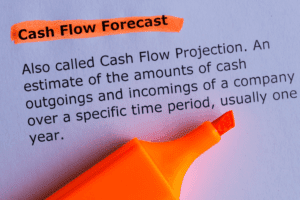
For instance, an asset worth $100,000 with a 10-year useful life would have a straight-line rate of 10%, resulting in a double-declining rate of 20%. Subsequent years apply the same rate to the reduced book value, leading to smaller expenses over time. While it may not suit every asset or organization, when used correctly, DDB provides a strategic advantage, especially for high-usage or fast-depreciating assets. To calculate depreciation using DDB, start with the asset’s initial cost and subtract any salvage value to find the depreciable base. Determine the straight-line depreciation rate (100% divided by the asset’s useful life).

Fundamentals of the Double Declining Balance method

This helps you write off more early, which can lower your taxable income in your most cash-strapped years, which is great for businesses investing in high-depreciation equipment. To get a better grasp of double declining balance, spend a little time experimenting with this double declining balance calculator. It’s a good way to see the formula in action—and understand what kind of impact double declining depreciation might have on your finances. Enter the straight line depreciation rate in the double declining depreciation formula, along with the book value for this year. If something unforeseen happens down the line—a slow year, a sudden increase in expenses—you may wish you’d stuck to good old straight line depreciation. While double declining balance has its money-up-front appeal, that means your tax bill goes up in the future.
Adjustments and Exceptions in DDB Calculation
- In the units-of-activity method, the accounting period’s depreciation expense is not a function of the passage of time.
- In subsequent years, apply the same rate to the asset’s remaining book value, which decreases each year as depreciation is accounted for.
- Using Excel’s DDB function, the depreciation values for each year are automatically calculated, making it easier for accountants to track and manage asset depreciation for various types of fixed assets.
- To calculate the depreciation rate for the DDB method, typically, you double the straight-line depreciation rate.
- This allows us to see both the truck’s original cost and the amount that has been depreciated since the time that the truck was put into service.
A depreciation schedule similar to the one prepared for SL depreciation is presented in Exhibit 2 for UOP depreciation. Choose your rounding preference for the depreciation schedule (if applicable). Enter the name or description of the property if you would like it included in the depreciation schedule. If you will be printing out the depreciation schedule, indicate whether or not you want to round the currency Certified Public Accountant amounts in the report to the nearest dollar.
Editorial Process

Learn how to build, read, and use financial statements for your business so you can make more informed decisions. Our team is ready to learn about your business and guide you to the right solution. In many countries, the Double Declining Balance Method is accepted for tax purposes. However, it is crucial to note that tax regulations can vary from one jurisdiction to another. Therefore, businesses should verify the specific tax rules and regulations in their region and consult with tax double declining depreciation experts to ensure compliance.

Understanding the pros and cons of the Double Declining Balance https://www.bookstime.com/ Method is vital for effective financial management and reporting. The Units of Output Method links depreciation to the actual usage of the asset. It is particularly suitable for assets whose usage varies significantly from year to year.
